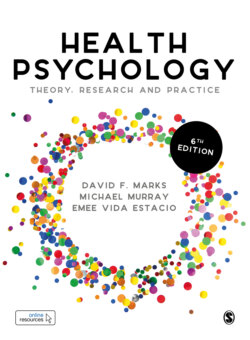Читать книгу Health Psychology - Michael Murray - Страница 107
Action Research
ОглавлениеAction research is about the process of change and what stimulates it. The investigator acts as a facilitator, collaborator or change-agent who works with the stakeholders in a community or organization to help develop a situation or make a change of direction happen. Action research is particularly suited to organizational and consultancy work when a system or service requires improvements. In a community it aims to be emancipatory, helping to empower members to take more control over the way things work in their local community.
Action research can be traced back to the Gestalt psychology of Kurt Lewin (1936: 12): ‘Every psychological event depends upon the state of the person and at the same time the state of the environment. … One can hope to understand the forces that govern behaviour only if one includes in the representation the whole psychological situation.’ Lewin later wrote about what he called ‘Feedback problems of social diagnosis and action’ (1947) and presented a diagram of his method (see Figure 7.1). A series of action steps with feedback loops allows each action step to be ‘reconnoitred’ before further action steps.
Participant action research (PAR) is a prominent method in community health psychology (Campbell and Cornish, 2014). In PAR, researchers share power and control with participants and need to tolerate the uncertainty that rolls out of power-sharing. PAR is a suitable research approach in direct social actions that are organized to create change in entrenched scenarios where power imbalances are disadvantaging many of the actors. For example, Yeich (1996) described how housing campaigns with groups for homeless people involved assisting in the organization of demonstrations and working with the media to raise awareness of people’s housing needs.
Action research takes time, resources, creativity and courage. It requires collaboration with different agencies. It is an approach that does not follow a straight line but proceeds in a halting, zig-zag format. Often there are personal challenges and disappointments for the researcher, who must devote substantial emotional and intellectual energy to the project (Brydon-Miller, 2004). Cornish et al. (2014) proposed the Occupy movement as a paradigm example of community action that they labelled ‘trusting the process’ (see Chapter 16).
PAR researchers also use the arts and performance as vehicles for envisioning and promoting change. Two examples are the photo novella (Wang et al., 1996; Lykes, 2001) and PhotoVoice (Haaken and O’Neill, 2014; Vaughan, 2014). Research participants in PhotoVoice take and display photographs with the aim of becoming more reflectively aware and are able to mobilize around personal and local issues. Tucker and Smith (2014) developed a Lewinian approach to the investigation of life situations and a specific example of self-care in a service user’s home. A study of accidents in a fishing community used the PAR approach (Murray and Tilley, 2004), as did Gray and his colleagues when they transformed interviews with cancer patients into plays performed to support groups (Gray et al., 2001; Gray and Sinding, 2002).
Figure 7.1 Planning, fact-finding and execution, as described by Kurt Lewin (1947)
